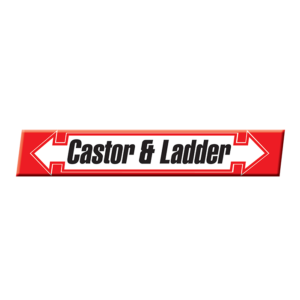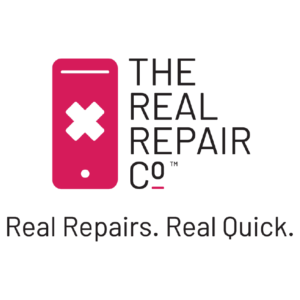Once upon a time: Building a brand story for your online store
You might not have read the number 1 Wall Street Journal Bestseller, “Building a Story Brand” by author Donald Miller yet. But you should.
Any entrepreneur or marketer who wants to go back to the drawing board and those who are just getting started with their eCommerce business journey should read the book if you’re serious about cementing who you are as a business and standing out from the crowd.
If you’re not much of a reader, no problem. We’ve taken the time to outline the best points from the book and package it into bite-sized digestible ideas (although we do recommend you digest the whole enchilada).
Miller’s ultimate point is that if you want to cut through the noise and keep your message, brand and value proposition understandable (as he puts it: “if you confuse, you’ll lose”) and create an emotional reaction to your business, you need to follow the laws of a fairytale or a Disney movie and make sure that the hero of the story is your customer; not your business (gasp! Mind blown).
As Miller puts it: “In a story, audiences must always know who the hero is, what the hero wants, who the hero has to defeat to get what they want what tragic thing will happen if the hero doesn’t win and what wonderful thing will happen if they do.”
With that in mind let’s follow Miller’s plot development for an online store that sells Podcast Equipment.
Act one: The Character/Hero
Your customer (hero of the story) is an aspiring podcaster and is infinitely more important than your offering itself.
Act 2: Your hero has a problem
Your hero has an inner frustration – the desperate need to be a world-renowned podcaster and connect the world to the incredible topic of German knife craftsmanship. Your hero wants the world to hear him/her.
Companies tend to sell solutions to external problems (this mic is not clear enough/ Does this integrate with my software?), but customers buy solutions to internal problems. Ultimately, customers are much more motivated to resolve their inner frustrations (will this make me a world-famous podcaster? Will this podcast free me from my 9 to 5 job that I hate?)
Act 3: The Hero meets a Guide (finally, your company’s role begins)
The problem with setting your brand up as a hero is that customers (heroes themselves) don’t want to compete with other heroes. They’re looking for a guide. Someone or something to guide them to greatness. Miller explains that brands that position themselves as heroes unknowingly compete with their potential customers.
Your job in your marketing efforts is to act as the secret weapon guide to your hero.
Act 4: Guide Gives Hero a Plan
Millers says that customers trust a guide who has a plan. If we bring this back to brand marketing, this is where content becomes so important. The need to generate useful, insightful information for your customers, for free. Showing them you have a plan and are an oracle-like guide, their Yoda, ready to help them solve their inner frustrations.
“Desired life you must build. Microphone journey starts.”
Act 5: Guide Calls Hero to Action
It’s an outside force that usually pushes the hero to take action. A loved interest is kidnapped, everything you touch turns to ice (any Frozen fans up in here?), your uncle takes over your pride and wrecks havoc on the savannah (keeping inside Disney here). Whatever the story, an outside force must drive action. For your own marketing efforts, this may mean showing your or educating your customer of that outside force.
Your hero must be challenged.
As at January 2020, there are 850,000 active Podcasts in the web arena. To be a successful podcast knight, you must have Excalibur (a good working microphone). “Take this sword to the arena young warrior, and fulfil your potential.”
Act 6: That Action Helps Your Hero Avoid Failure
Miller says aptly that every human being is trying to avoid a tragic ending. Failure might be part of the journey but the ending must be “and they all lived happily ever after.” in business, you must show people the cost of not doing business with you.
Final Act: And they all lived happily ever after
The successful ending is what happens when a customer does buy your product or use your service. Miller emphasises that you should never assume that people understand how your brand will change their lives. It’s up to you to tell them. Paint the story and show them the tear-jerking, everything-has-come-together-perfectly ending.
Conclusion
Whatever you’re selling online, Miller has created a wonderful framework and fresh perspective to positioning your value proposition and we at Payflex (your Yoda to eCommerce payments) think it makes for essential reading for any eCommerce business owners and marketers.































































